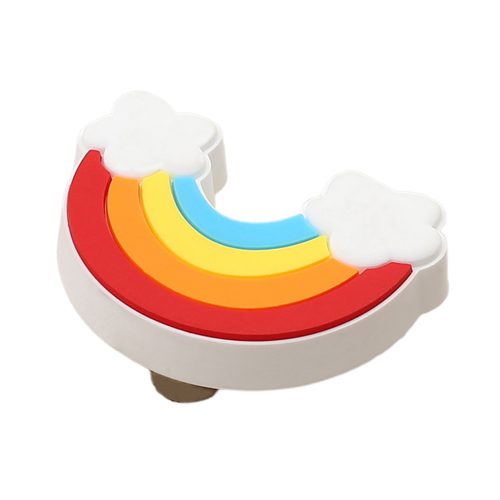Choosing the right plastic handle for your tools involves considering various factors to ensure optimal performance, comfort, and durability. Here’s a step-by-step guide to help you make an informed decision:
- Identify Tool Requirements: Start by understanding the specific requirements of the tool:
- What type of tool is it? (e.g., hand tool, power tool, gardening tool)
- What is the tool’s intended use?
- Will the tool be used in wet, oily, or harsh environments?
- Does the tool generate vibrations or impact forces during use?
- User Ergonomics and Comfort: Consider the comfort and usability of the handle:
- Design ergonomic handles that fit comfortably in the user’s hand.
- Choose a shape that provides a secure and fatigue-free grip.
- Consider the tool’s weight and balance to avoid strain during prolonged use.
- Material Selection: Select a plastic material that suits the tool’s requirements:
- Consider impact resistance, toughness, and tensile strength.
- Choose materials that are resistant to chemicals, oils, and environmental factors.
- Evaluate options for recycled or bio-based plastics if environmental concerns are important.
- Grip Enhancement: Enhance grip for improved user control and safety:
- Incorporate textured surfaces, finger grooves, or raised patterns.
- Explore soft overmolding or grip-enhancing coatings.
- Vibration Damping: If the tool generates vibrations, consider materials that dampen vibrations to improve user comfort.
- Durability and Wear Resistance: Ensure the handle can withstand wear and tear:
- Choose materials with good abrasion resistance.
- Design reinforcements in high-stress areas to prevent premature wear.
- Temperature and Environment: Consider the operating temperature range and environmental conditions:
- Select materials that remain stable within the tool’s intended temperature range.
- Ensure the handle’s material is resistant to UV exposure if used outdoors.
- Chemical Compatibility: If the tool will come into contact with chemicals, choose a plastic that is resistant to those chemicals.
- Manufacturing Process: Consider the manufacturing process and its impact on cost and design complexity:
- Injection molding is a common process for plastic tool handles.
- Evaluate the feasibility of adding features like textures, grips, and contours.
- Testing and Prototyping: Test prototypes with real users to gather feedback on grip, comfort, and usability.
- Regulatory and Safety Standards: Ensure that the plastic material and manufacturing process comply with relevant safety and regulatory standards.
- Sustainability: Consider the environmental impact of the chosen material and manufacturing process:
- Choose recycled or biodegradable materials if possible.
- Minimize waste during manufacturing.
- Cost-Effectiveness: Balance material quality, durability, and production costs to ensure an affordable product.
- Branding and Aesthetics: Consider whether the handle’s appearance aligns with your brand identity and the tool’s intended market.
- User Feedback: Gather input from professionals or end-users who will be using the tools to identify any specific needs or preferences.
By carefully evaluating these factors and conducting thorough research, you can choose the right plastic handle that not only enhances the tool’s functionality but also ensures user satisfaction and safety.


